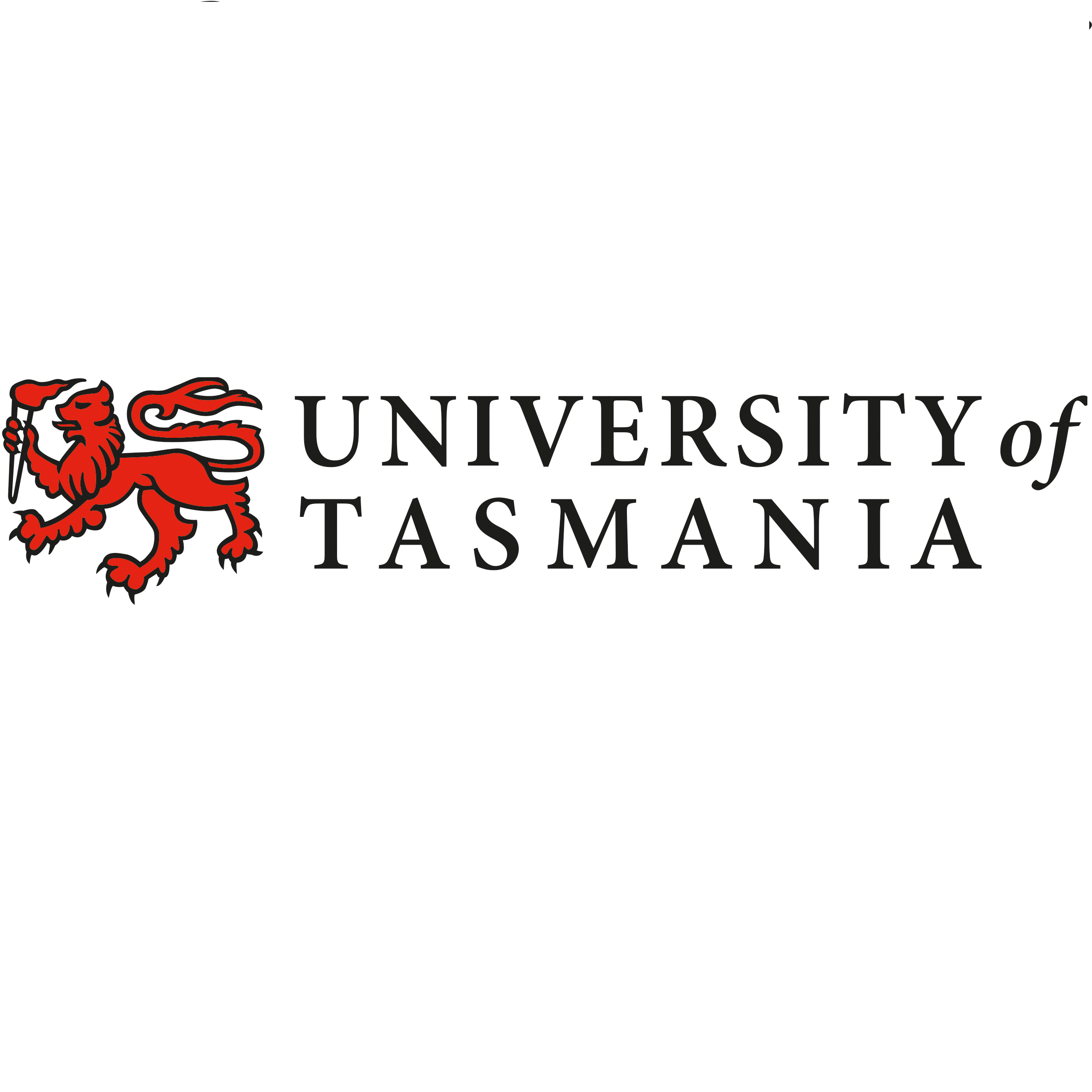Full description
Zooplankton samples were collected at ten stations within the Derwent River estuary, in south eastern Tasmania, between the years 1973 and 1974. Temperature and salinity data was collected at the same time.Lineage
Maintenance and Update Frequency: notPlannedNotes
PurposeThe purpose of the study was to gain better knowledge of the Derwent Estuary as a whole.
Created: 04 11 2011
Data time period: 01 10 1973 to 23 04 1974
text: westlimit=147.0; southlimit=-43.1; eastlimit=147.5; northlimit=-42.6
User Contributed Tags
Login to tag this record with meaningful keywords to make it easier to discover
(DATA ACCESS - appendix from thesis, scanned into a pdf. Data relevant to this record, refer pages: 71-77 [direct download])
uri :
https://data.imas.utas.edu.au/attachments/c48ccdc5-d667-443f-b3ad-9451852f9b05/Data_appendices.pdf![]()
MAP - Location of zooplankton sampling stations (imas:ZOO_KMSwadling_Zooplankton_hydrology_inshore_coastal_waters_tasmania_GV)
- global : c48ccdc5-d667-443f-b3ad-9451852f9b05


